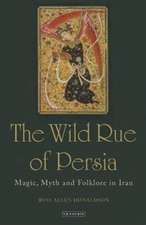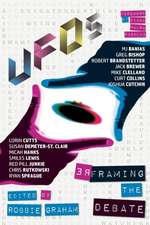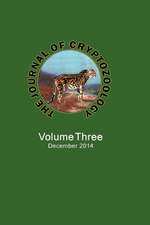Phantom Armies of the Night: The Wild Hunt and the Ghostly Processions of the Undead
Autor Claude Lecouteuxen Limba Engleză Paperback – 31 iul 2011
- Recounts the myriad variations of this legend, from the Cursed Huntsman and King Herla to phantom armies and vast processions of sinners and demons
- Explains how this belief was an integral part of the pagan worldview and was thus employed by the church to spread Christian doctrine
- Reveals how the secret societies of medieval Europe reenacted these ghostly processions for soul travel and prophecies of impending death
Once upon a time a phenomenon existed in medieval Europe that continuously fueled local lore: during the long winter nights a strange and unknown troop could be heard passing outside over the land or through the air. Anyone caught by surprise in the open fields or depths of the woods would see a bizarre procession of demons, giants, hounds, ladies of the night, soldiers, and knights, some covered in blood and others carrying their heads beneath their arms. This was the Wild or Infernal Hunt, the host of the damned, the phantom army of the night--a theme that still inspires poets, writers, and painters to this day. Millennia older than Christianity, this pagan belief was employed by the church to spread their doctrine, with the shapeshifters' and giants of the pagan nightly processions becoming sinners led by demons seeking out unwary souls to add to their retinues. Myth or legend, it represents a belief that has deep roots in Europe, particularly Celtic and Scandinavian countries.
The first scholar to fully examine this myth in each of its myriad forms, Claude Lecouteux strips away the Christian gloss and shows how the Wild Hunt was an integral part of the pagan worldview and the structure of their societies. Additionally, he looks at how secret societies of medieval Europe reenacted these ghostly processions through cult rituals culminating in masquerades and carnival-like cavalcades often associated with astral doubles, visions of the afterlife, belief in multiple souls, and prophecies of impending death. He reveals how the nearly infinite variations of this myth are a still living, evolving tradition that offers us a window into the world in which our ancestors lived.
Preț: 132.37 lei
Nou
Puncte Express: 199
Preț estimativ în valută:
25.33€ • 26.45$ • 20.96£
25.33€ • 26.45$ • 20.96£
Carte disponibilă
Livrare economică 15-29 martie
Preluare comenzi: 021 569.72.76
Specificații
ISBN-13: 9781594774362
ISBN-10: 1594774366
Pagini: 320
Dimensiuni: 154 x 230 x 20 mm
Greutate: 0.51 kg
Ediția:Original
Editura: INNER TRADITIONS INTERNATIONAL
ISBN-10: 1594774366
Pagini: 320
Dimensiuni: 154 x 230 x 20 mm
Greutate: 0.51 kg
Ediția:Original
Editura: INNER TRADITIONS INTERNATIONAL
Notă biografică
Recenzii
"This is an exciting and absorbing study of a form of folk mythology that has spanned Europe for more than a thousand years. Lecouteux provides both a mass of valuable information and a viable working hypothesis of explanation." --Ronald Hutton, professor of history, University of Bristol, England
"I would recommend this book to anyone who loves European and Religious history and lore, as well as those seeking to understand the differences between Christian and Pagan worldviews. It will make an interesting addition to their library."--Uloboridae, "Pagan Book Reviews", February 2013
"I would recommend this book to anyone who loves European and Religious history and lore, as well as those seeking to understand the differences between Christian and Pagan worldviews. It will make an interesting addition to their library."--Uloboridae, "Pagan Book Reviews", February 2013
Textul de pe ultima copertă
FOLKLORE / MYTHOLOGY "Claude Lecouteux marshals what must be a virtually complete recounting of stories from throughout Europe involving nocturnal sightings of the Army of the Dead, also known as the Wild Hunt, and traces their thematic origins from pre-Christian times through the filter of the medieval church." --James E. Cathey, professor of German and Scandinavian studies, University of Massachusetts at Amherst Once upon a time a phenomenon existed in medieval Europe that continuously fueled local lore: during the long winter nights a strange and unknown troop could be heard passing outside over the land or through the air. Anyone caught by surprise in the open fields or depths of the woods would see a bizarre procession of demons, giants, hounds, ladies of the night, soldiers, and knights, some covered in blood and others carrying their heads beneath their arms. This was the Wild or Infernal Hunt, the host of the damned, the phantom army of the night--a theme that still inspires poets, writers, and painters to this day. Millennia older than Christianity, this pagan belief was employed by the church to spread their doctrine, with the shapeshifters and giants of the pagan nightly processions becoming sinners led by demons seeking out unwary souls to add to their retinues. Myth or legend, it represents a belief that has deep roots in Europe, particularly Celtic and Scandinavian countries. The first scholar to fully examine this myth in each of its myriad forms, Claude Lecouteux strips away the Christian gloss and shows how the Wild Hunt was an integral part of the pagan worldview and the structure of their societies. Additionally, he looks at how secret societies of medieval Europe reenacted these ghostly processions through cult rituals culminating in masquerades and carnival-like cavalcades often associated with astral doubles, visions of the afterlife, belief in multiple souls, and prophecies of impending death. He reveals how the nearly infinite variations of this myth are a still living, evolving tradition that offers us a window into the world in which our ancestors lived. CLAUDE LECOUTEUX is a former professor of medieval literature and civilization at the Sorbonne. He is the author of numerous books on medieval and pagan afterlife beliefs, including The Return of the Dead, The Secret History of Vampires, and Witches, Werewolves, and Fairies. He lives in Paris.
Cuprins
Acknowledgments
Introduction
Part One
The Hosts of the Night
1 The Good Women Who Roam the Night
2 The Phalanxes of Demons
3 The Troops of the Dead
4 The Phantom Armies
Part Two
The Supernatural Hunters
5 The Diabolical Huntsman
6 The Wild Huntsman
7 The Cursed Hunter
Part Three
The Wild Hunt
8 The Legend of King Herla
9 The Mesnie Hellequin
10 The Evolution of the Legend
11 The Birth of New Legends
12 The Wild Hunt, Masked Men, and Bawdy Fellows
13 The Wild Hunt in Scandinavia
14 The Passage of the Wild Hunt
Part Four
Odin and the Wild Hunt
15 Scholars and the Tradition
16 The Indo-European Roots of the Wild Hunt
17 Two Hypotheses
18 Concluding Thoughts
Appendix 1 For Protection against Spirits of the Night
Appendix 2 The Wild Hunt in Constance
Appendix 3 No One Escapes His Fate
Appendix 4 The Society of the Bone
Appendix 5 The Coach of the Diabolical Hunstman
Appendix 6 The Names of the Wild Hunt and Its Leader
Notes
Bibliography
Index
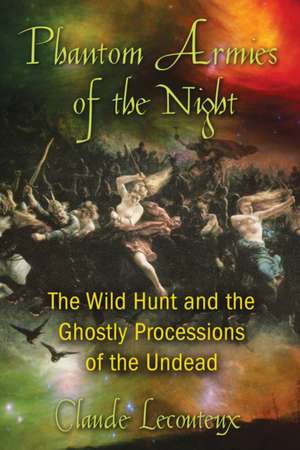
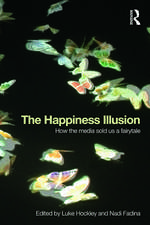

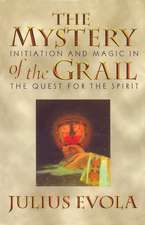


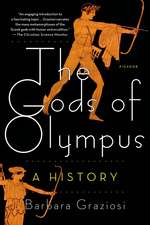
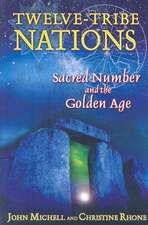


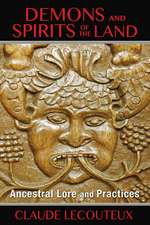

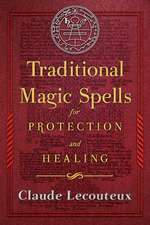


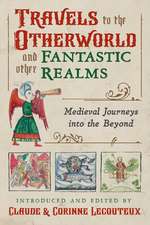
![Cult of the Black Virgin [Paperback]](https://i0.books-express.ro/bt/9781630512705/cult-of-the-black-virgin-paperback.jpg)
